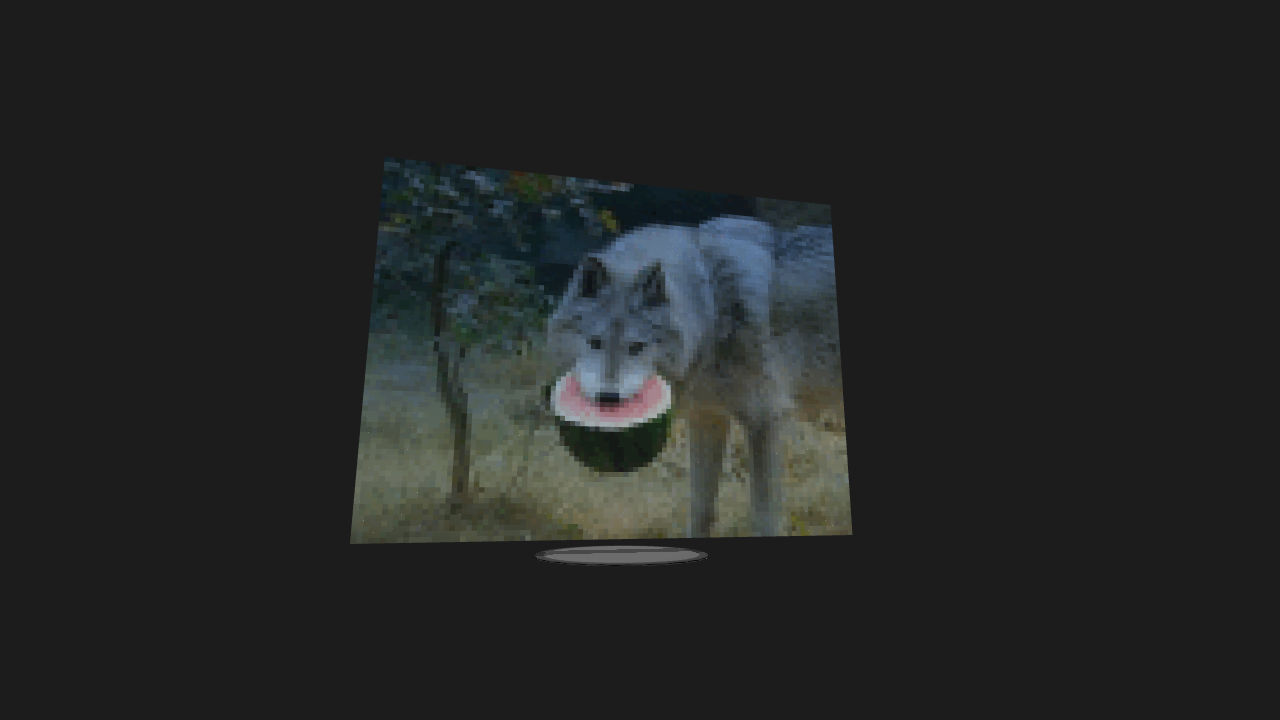
Through two analyses, we specify the desirable and undesirable gamma to apply L2 regularization and propose four guidelines for managing them. approaches: 1) variance control to make the residual network behave like identity mapping and 2) stable optimization through the improvement of effective learning rate. In this paper, we study whether L2 regularization for gamma is valid.

However, L2 regularization for gamma, a trainable parameter of batch normalization, remains an undiscussed mystery and is applied in different ways depending on the library and practitioner. L2 regularization for weights in neural networks is widely used as a standard training trick. The proposed deep ordinal regression network (DORN) achieves state-of-the-art results on three challenging benchmarks, i.e., KITTI, Make3D, and NYU Depth v2, and outperforms existing methods by a large margin. Furthermore, we adopt a multi-scale network structure which avoids unnecessary spatial pooling and captures multi-scale information in parallel. By training the network using an ordinary regression loss, our method achieves much higher accuracy and faster convergence in synch.
To eliminate or at least largely reduce these problems, we introduce a spacing-increasing discretization (SID) strategy to discretize depth and recast depth network learning as an ordinal regression problem. To obtain high-resolution depth maps, skip-connections or multilayer deconvolution networks are required, which complicates network training and consumes much more computations. Besides, existing depth estimation networks employ repeated spatial pooling operations, resulting in undesirable low-resolution feature maps. These methods model depth estimation as a regression problem and train the regression networks by minimizing mean squared error, which suffers from slow convergence and unsatisfactory local solutions. Recent methods have gained significant improvement by exploring image-level information and hierarchical features from deep convolutional neural networks (DCNNs). Monocular depth estimation, which plays a crucial role in understanding 3D scene geometry, is an ill-posed problem. The results of conducting few-pixels attack contribute quantitative measurements and analysis to the geometrical understanding from a different perspective compared to previous works. In addition, it is known that investigating the robustness problem of DNN can bring critical clues for understanding the geometrical features of the DNN decision map in high dimensional input space. The results show that 73.8$\%$ of the test images can be crafted to adversarial images with modification just on one pixel with 98.7$\%$ confidence on average. It requires much less adversarial information and works with a broader classes of DNN models. In this paper, we propose a novel method for optically calculating extremely small adversarial perturbation (few-pixels attack), based on differential evolution. Recent research has revealed that the output of Deep neural networks(DNN) is not continuous and very sensitive to tiny perturbation on the input vectors and accordingly several methods have been proposed for crafting effective perturbation against the networks. Therefore, the existence of these dead pixels should be understood and considered in practical applications of CNN. However, in a task that captures small perturbation, dead pixels degrade the performance. Interestingly, for general classification tasks, the existence of dead pixels improves the training of CNNs. We reveal that the reason for this lies in the architecture of CNN and discuss solutions to reduce the phenomenon.

However, we found that there exist pixels in a partially dead state with little contribution to the output. Intuitively, each pixel is expected to equally contribute to the final output. Second, using the effective receptive field, we examined the pixels contributing to the output. The size of the receptive field would be inappropriate for representing superiority in performance because it reflects only depth or kernel size and does not reflect other factors such as width or cardinality. However, we observed that the size of the receptive field does not describe the classification accuracy. Previous studies have attempted to increase or control the size of the receptive field. First, we evaluated the size of the receptive field. In this study, we discuss two counterintuitive behaviors of convolutional neural networks (CNNs).
Deep neural networks have been used in various fields, but their internal behavior is not well known.


 0 kommentar(er)
0 kommentar(er)
